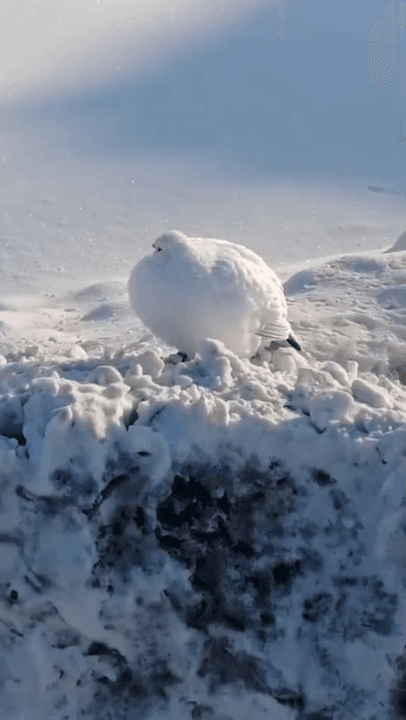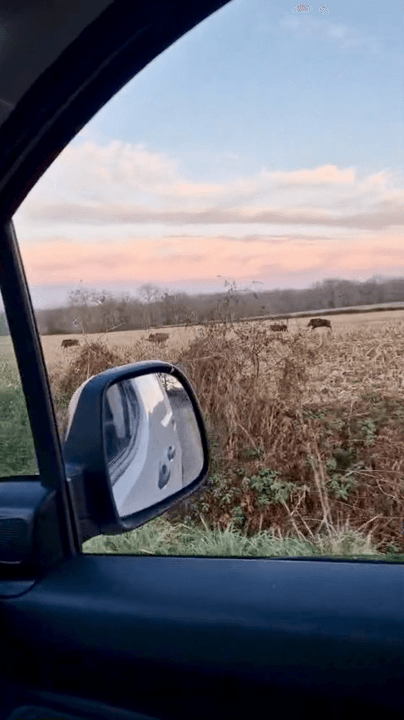
Caccia nelle Prealpi Venete: Guida Completa per gli Appassionati Le Prealpi Venete, situate nel nord-est d’Italia, offrono un territorio ricco di boschi, valli e montagne, ideale per gli appassionati di caccia. Questa regione, che comprende aree delle province di Belluno, Vicenza e Treviso, è nota per la sua biodiversità e per i paesaggi mozzafiato. In questo articolo, esploreremo tutto ciò che c’è da sapere sulla caccia nelle Prealpi Venete, dalle caratteristiche geografiche alle normative, passando per tradizioni e curiosità. Caratteristiche geografiche e naturali della regione dal punto di vista venatorio Le Prealpi Venete sono caratterizzate da un territorio montuoso e collinare, ricoperto da foreste di abeti, faggi e larici. Le valli e i pascoli alpini offrono habitat ideali per diverse specie di fauna selvatica. La presenza di corsi d’acqua e piccoli laghi attira uccelli acquatici e altri animali. Il clima è alpino, con inverni freddi ed estati fresche, rendendo la caccia un’a
Post: 30 May 20:42













































